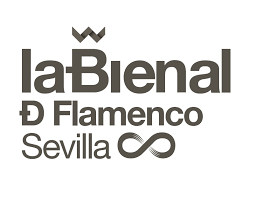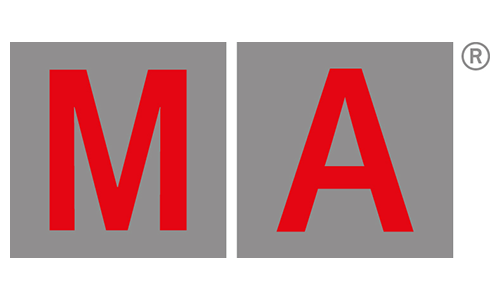Place: Real Monasterio de Santa Clara, Dormitorio Alto C/Becas, s/n
Seville on 12, 19 and 26 September 2016.
Time: 12.00H. – 14.00H.
Free entrance until full capacity is reached
COMPLETE INFORMATION
FLAMENCO ON STAGE
Lights, wardrobe, scenography for flamenco
Three round tables at the
Seville Flamenco Biennial
organized by the Academy of Performing Arts of Spain in collaboration with the Asociación de Autores de Iluminación.
The flamenco artists who have conquered the world’s theatres in recent years, together with the professionals who accompany them, exchange their experiences on the use of the codes of scenic art.
This initiative is conceived as a forum for meeting, reflection and sharing of experiences and opinions among renowned professionals of the different specialties of the Performing Arts. The activity, open to the public, will take place in three meetings with the participation of artists and professionals of Flamenco and the performing arts.
In recent decades a truly international explosion has filled the theatres of the world with performances of flamenco dance, singing and music. But flamenco has not been, and is not, exclusively a performing art; the traditional forms of the fiesta, the tablao, the peña, are still alive and well, and with it its spaces and its specific artistic ‘tempo’.
Flamenco on stage finds codes, professions, work routines that have been defined in centuries of tradition and that are common and accepted on stage all over the world. The darkness in the hall, the silence of the audience, the applause at the end of the performance, are examples of codes related to the Performing Arts that are far from belonging to the customs and traditions of flamenco, although they seem so ‘normal’ that we don’t even notice them. Flamenco, an art of survivors, adapts to the stage in a natural way, developing and making its own stage forms and languages: it confronts, adapts, appropriates or rejects, and takes advantage of these codes without complexes, to the point that nowadays the theatre seems to us to be the natural place for the flamenco show, which has carved out a recognised and stable place in the programming of theatres all over the world.
The Speciality of Scenic Plastic Arts of the Academy of Performing Arts of Spain promotes this reflection and study on the scenic forms of flamenco shows, establishing in the Biennial of Flamenco of Seville, dependent on the Institute of Culture and the Arts (ICAS) of the City Council of Seville, a shared forum of interprofessional thought on the processes involved in the creation of a show, drawing attention to the importance of finding times and places for these meetings of research, study and opinion, outside the urgencies of the process of stage production.
The professionals of the Scenic Plastic Arts who work for flamenco see that the material of their work, in years of collaboration and dedication, changes and evolves in forms that return, are repeated, imitated and perfected, until they become specific. Techniques are refined, the best proposals remain and are typified. And, as every debate requires at least two parts, they will invite some of the flamenco artists, with whom they have collaborated, created or discussed in a constructive way, so that we can hear first hand what has been the evolution of their artistic dialogue with the elements of the scenic plastic.
In Seville, on the occasion of the Biennial and for the first time, some of the professionals who, on behalf of the artists and together with them have starred, in recent decades, the conquest of the world theatres, contributing to place the flamenco show among the Performing Arts in its own right and irreversibly.
DEVELOPMENT OF THE ROUND TABLES:
MONDAY 12 SEPTEMBER:
“Mirar el flamenco”: lights for flamenco on stage.
They preside at the table:
D. Antonio Ruiz Onetti
Secretary General of the Spanish Academy of Performing Arts. Author and Director.
D. Cristobal Ortega Martos
Director of la Bienal de Flamenco de Sevilla 2016.
Moderator:
Dña. Ada Bonadei
Spanish Academy of Performing Arts. Association of Lighting Authors.
Illuminating.
Participants:
Dña. Rafaela Carrasco
Director of the Andalusian Flamenco Ballet. Choreographer and dancer.
Dña. Gloria Montesinos
Association of Lighting Authors. Andalusian Flamenco Ballet. Illuminator
D. Rafaél Estevez
Academy of Performing Arts of Spain. Estévez / Paños y Compañía. Co-director, co-choreographer and principal dancer.
Dña. Olga García
Association of Lighting Authors Estévez / Paños y Compañía. Illuminator
You can download the rest of the programme by clicking here:
Academia-Biennial 2016 Programme






